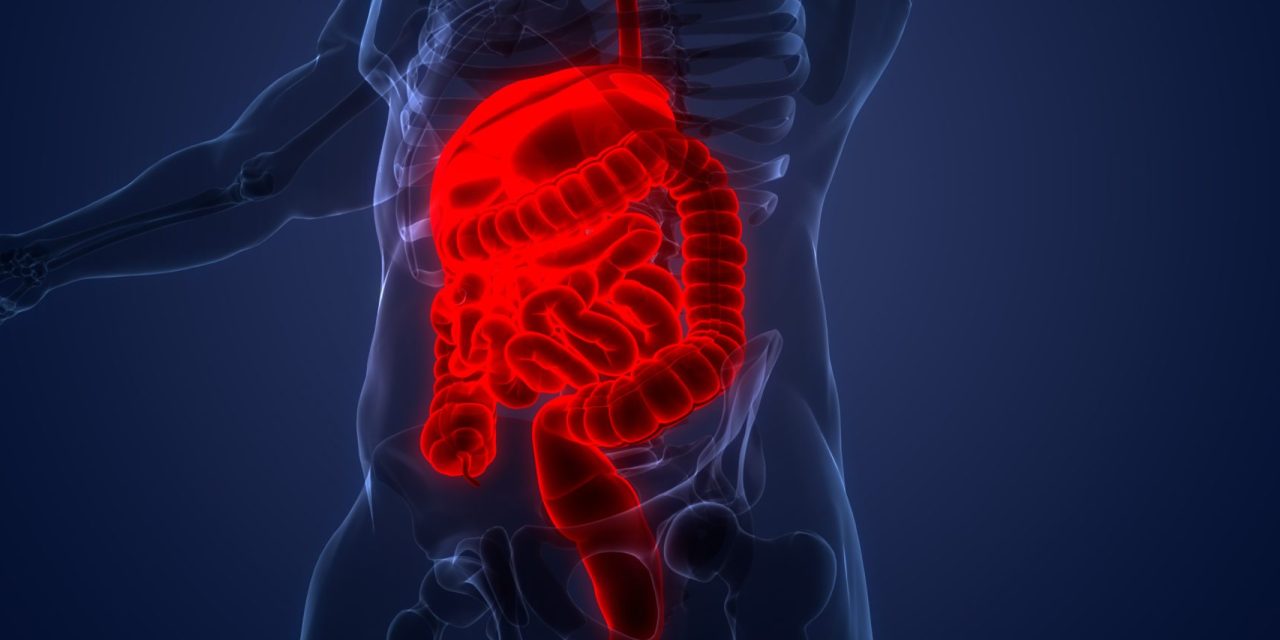N-acetylcysteine (NAC) is considered as the body’s major antioxidant molecules with diverse biological properties. In this review, the pharmacokinetics, safety and efficacy report on both the preclinical and clinical summary of NAC is discussed. Both and preclinical studies along with the clinical data have shown that NAC has enormous biological properties. NAC is used in the treatment of acetaminophen poisoning, diabetic nephropathy, Alzheimer’s disease, schizophrenia, and ulcerative colitis, etc. Numerous analytical techniques, for instance, UPLC, LC-MS, HPLC, RP-IPC are primarily employed for the estimation of NAC in different single and fixed-dose combinations. The molecular docking studies on NAC demonstrate the binding within Sudlow’s site-I hydrogen bonds and formation of NAC and BSA complexes. Various hydrophobic and hydrophilic amino acids generally exist in making contact with NAC as NAC-BSA complexes. Docking studies of NAC with the active site of the urease exposed an O-coordinated bond through nickel 3002 and a hydrogen bond through His-138. NAC and its analogs also made the allosteric pockets that helped to describe almost all favorable pose for the chaperone in a complex through the protein. Thus, we intended to highlight the several health benefits of this antioxidant compound and applications in pharmaceutical product development.© 2021 Walter de Gruyter GmbH, Berlin/Boston.
An insight on safety, efficacy, and molecular docking study reports of N-acetylcysteine and its compound formulations.


